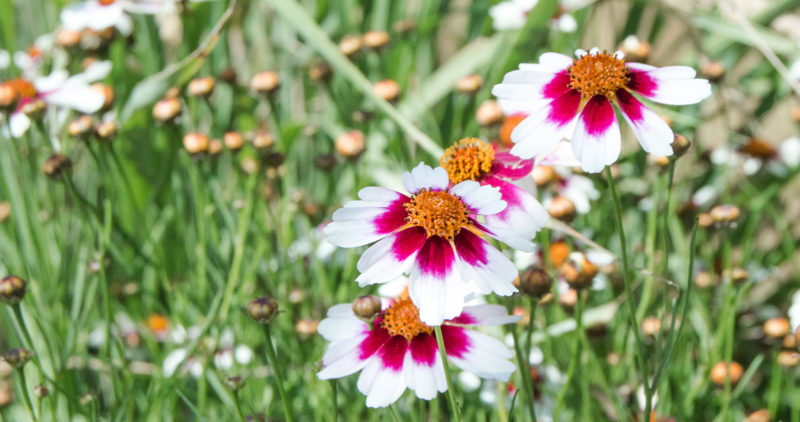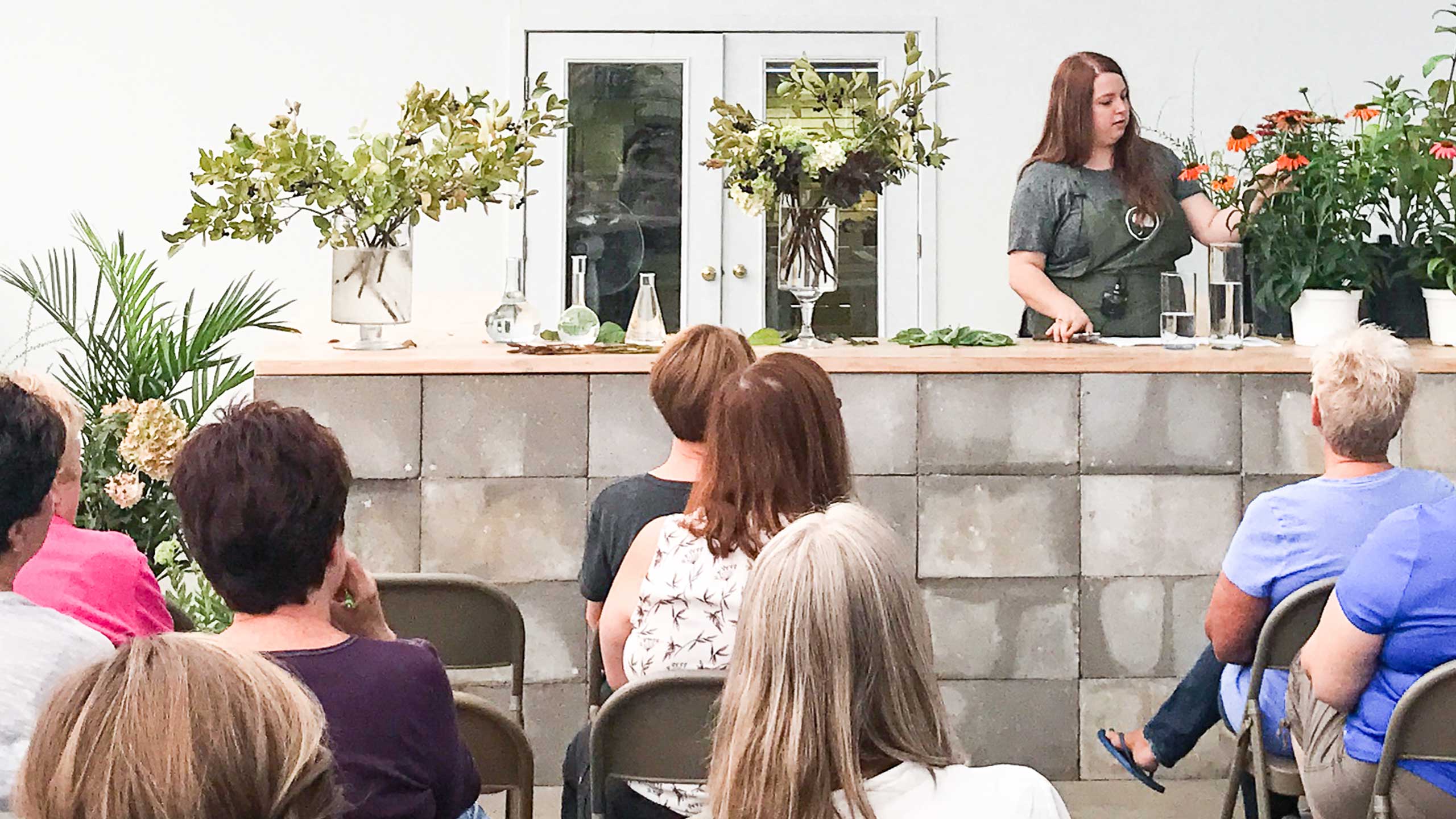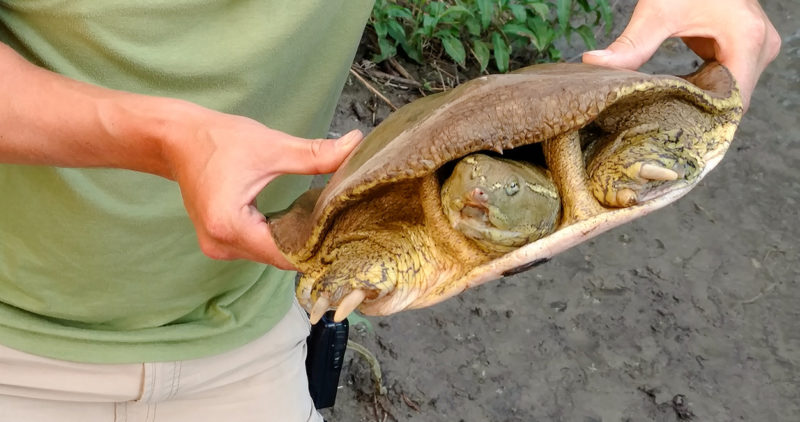
Thank you to everyone who joined us for the latest seminar in our DIY series, Foraged Floral Design. The foliage and flowers in our landscapes usually stand apart on separate plants. But, as Floral Designer Jess Franks showed us, when we pull their different textures, shapes, and colors into one arrangement, they work together in amazing new ways. Jess shared some great tips for planning a design, selecting and gathering the materials, arranging the stems in a vase, and caring for the living material once it’s indoors. If you didn’t think you had the knack for floral design, Mother Nature’s beauty and Jess’s suggestions will inspire you to give it a try.

In her seminar, Jess pointed out that foraged floral arrangements can be as simple as dropping a few stems of foliage or flowers into a vase. Even these simple additions throughout your home can be a nice gesture for guests. For larger arrangements, you can add other elements to create a structured design with clean lines, defined shapes, and prominent focal points. Or, you can create a more organic, unstructured look by mixing in several textures from botanical elements like branches, berries, leaves, seed pods, or even roots.
When foraging, use a sharp pair of pruners and keep a bucket of water nearby to hold stems after cutting. Be sure to gather plenty of textured greens – they’ll help hold the blooms steady in the vase.
When you start creating your arrangement, branches such as Japanese maple, ash leaf spirea, and curly willow are great for creating an initial silhouette for the design. Then more foliage or large sturdy blooms like hydrangea can be added to create a base for the design. Colorful foliage like hosta, smoke bush, and burning bush are nice to include too. Once you’ve created the base of your design, you can add in flowers and other accents. Some favorite landscape blooms that work well as cut flowers include sunflowers, goldenrod, coneflower, and yarrow. For those final touches, add more interesting textures like berries, grasses, and herbs.
To help your arrangement last longer indoors, make fresh cuts on every stem before placing them in your vase. Just changing the water and cutting the stems again every couple of days will make a big difference in the life of your arrangement. You’ll also want to keep the arrangement out of direct sun and away from heat sources or cold drafts.
And probably Jess’s best tip of all? Don’t worry about being perfect. Nature’s little imperfections are what make foraged floral design so beautiful, versatile, and rewarding.


